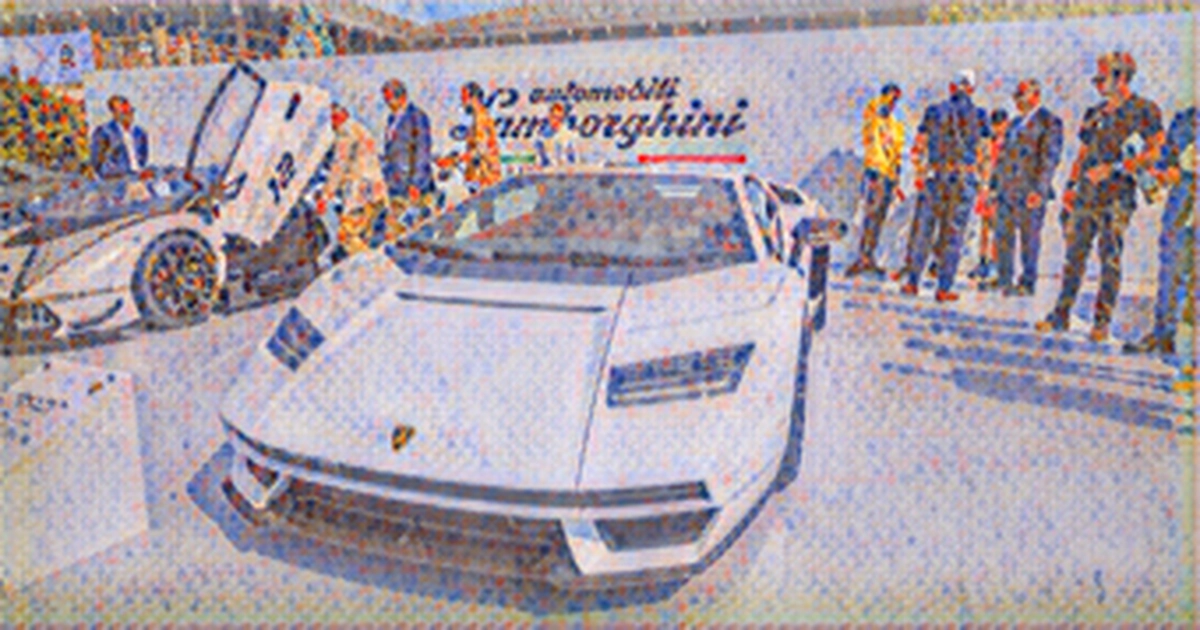
The question is as relevant for stock investors as proud owners of a Ferrari, Lamborghini or Aston Martin. AML - 1.76% - 1.76%
At the corporate level, such brands can generate financial returns to match their speed and looks, but they aren t guaranteed. That is particularly true at a time when the companies have to come up with noisy vehicles that somehow build on their heritage in electric engines.
Lamborghini, which has a rocky financial history, celebrated a period of rapid growth with a capital markets day at its North Italian headquarters on Friday. Such a move might normally be interpreted as the prelude to a spinoff by Volkswagen, which bought the Italian brand in its late 1990 s empire building days. Since Herbert Diess took over in 2018, rumors of a portfolio shake-up have swirled around VW since the Chief Executive took over in 2018.
VW has kept expectations in check with Lamborghini, though. In May, British trade magazine Autocar reported that the German company had received a generous €7.5 billion offer roughly $8.7 billion from a consortium of investors; VW said the brand wasn t for sale. Lamborghini portrayed Friday's event as a low-key affair motivated by a group-level commitment to transparency.
The record of independent supercar brands is either terrible or fantastic depending on the example picked. Ferrari stock has more than tripled since being spun out of what was then Fiat Chrysler Automobiles in 2015. Investors have come to appreciate the depth of demand for the brand, which underpins long order books, high prices and fat margins. In any case, the future might not look like the past. As European regulations pushed the wider auto industry towards electric vehicles in recent years, boutique manufacturers benefited from an exemption for producers of fewer than 10,000 vehicles. But now that politicians are talking about banning gasoline engines in big markets like California, supercar makers are moving faster.
Having delivered its first plug-in hybrids late last year, Ferrari said in April it would have an all-electric vehicle in 2025. Lamborghini announced an electrification strategy in May, with its first full plug-in hybrid penciled in for 2023 and its first full EV for the second half of the decade. Aston Martin plans to sell its first plug-in hybrids in 2023 and full EVs in 2025 as part of a wider turnaround.
One obvious challenge full EVs pose to these brands is acoustic: What is a Ferrari or Lamborghini without the engine growl? After an initial burst of acceleration, EVs can t yet match traditional supercars on the racing track, which remains central to their brands. To keep their eye-watering prices, supercars must first maintain the sense of occasion created by looking at them, driving them, experiencing them, says Mark Wakefield, global co-leader of the automotive and industrial practice at AlixPartners.
VW is probably wise to keep full ownership of Lamborghini for now. The brand owes its double-digit growth spurt and recent operating margins to the 2017 launch of a sport-utility vehicle, the Urus. But with total revenue of €1.6 billion last year it is still less than half the size of Ferrari, which will launch its own SUV next year, the Purosangue. Lamborghini s scale and reach could ease elements of VW s transition. For example, the Italian company could benefit from sharing technology with Rimac, a celebrated Croatian electric supercar startup that already has links to VW s Porsche and Bugatti brands, says Tim Urquhart, senior analyst at IHS Markit.
Lamborghini has become more than a vanity project in recent years, but it had an open road. Now both competition and electrification are catching up with supercars.
